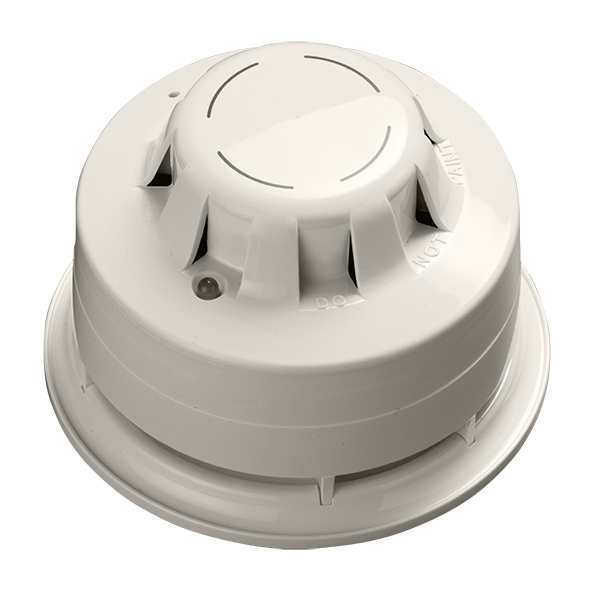The Benefits of Analogue Addressable Fire Alarm System Over Conventional Fire Alarm Systems
Analogue Addressable Fire Alarm Systems Over Conventional Fire Alarm Systems
In the early 90’s a new type of fire alarm system became available on the market. This type of system was called an analogue addressable fire alarm system as opposed to the already established conventional (non addressable) fire alarm system. This introduction of this type of system was a huge leap forward in the capabilities and installation of fire alarm systems throughout the world. As the standards of fire alarm detection systems required in buildings got more detailed and thorough in the late 80’s it became clear that the conventional type of fire alarm systems were being stretched to the limit of their capabilities, especially within large buildings. The new standards and regulations that were introduced in that period led to more detection points and zones being needed throughout buildings.
Conventional type fire alarm systems had to be wired using separate radial circuits per zone required. In large buildings this could mean that over 50 zones may now be needed to correctly protect the property to the new standards. Using the conventional type fire alarm systems was proving to be expensive and very time consuming. Several large fire alarm manufacturers highlighted this problem and began to develop what we now call analogue addressable fire alarm systems. The technical enhancements in computer, component and pcb technology around this period meant that this type of system could now be possible. Instead of the systems now being installed using the old zone radial circuits, fire alarms now began to be wired using loop circuits, where large amounts of fire alarm system devices could be incorporated onto each loop of the fire alarm system. This was a great advantage to fire alarm installation companies as instead of having to bring each zone circuit back to the panel position they could now wire multiple zones around the loop before having to come back to the panel position. This saved installation time and also has a great cost benefit in the reduced amount of cable needed to wire the same amount of devices. As the panels became more developed and more powerful the panels became capable of handling more and more loops per panel, with some manufacturers now boasting 8 loop panels within their product portfolio. These large control panels are capable of handling the fire detection services for extremely large buildings.
Another huge benefit of the new generation of analogue addressable fire alarm control panels is that they are much more advanced in cutting down the amount of false alarms. These new systems are constantly monitoring the air flowing through the smoke detectors. If these smoke detectors start to become contaminated with dust for example, instead of putting the whole system into a ‘fire’ state with all the sounders activating, the analogue addressable fire alarm systems will now give a pre-alarm warning on the panel and not activate the entire system. This feature is extremely useful in buildings where fire alarm false alarms can be very costly financially, examples of these types of buildings are airports and banks. With these analogue addressable fire alarm systems it is also possible to alter the sensitivity of each device from the main control panel, this is also of great use to fire alarm engineers when programming the system and false alarm management.
A further major advancement with analogue addressable fire alarm system is that each device on the system can be given a text description of exactly where that device is within the building. Whereas conventional type fire alarm systems would only give an indication of which zone has gone into an ‘alarm’ state. This has huge safety benefits, especially in large sites. This feature allows fire fighters and security personnel to pinpoint exactly where a fire may have started, enabling faster response times to fires, therefore saving lives and property.

These analogue addressable fire alarm systems are still advancing at an impressive rate. Giving new innovative solutions to fire detection and false alarm prevention.
For more information please click the following links:- Fire Alarm Systems






